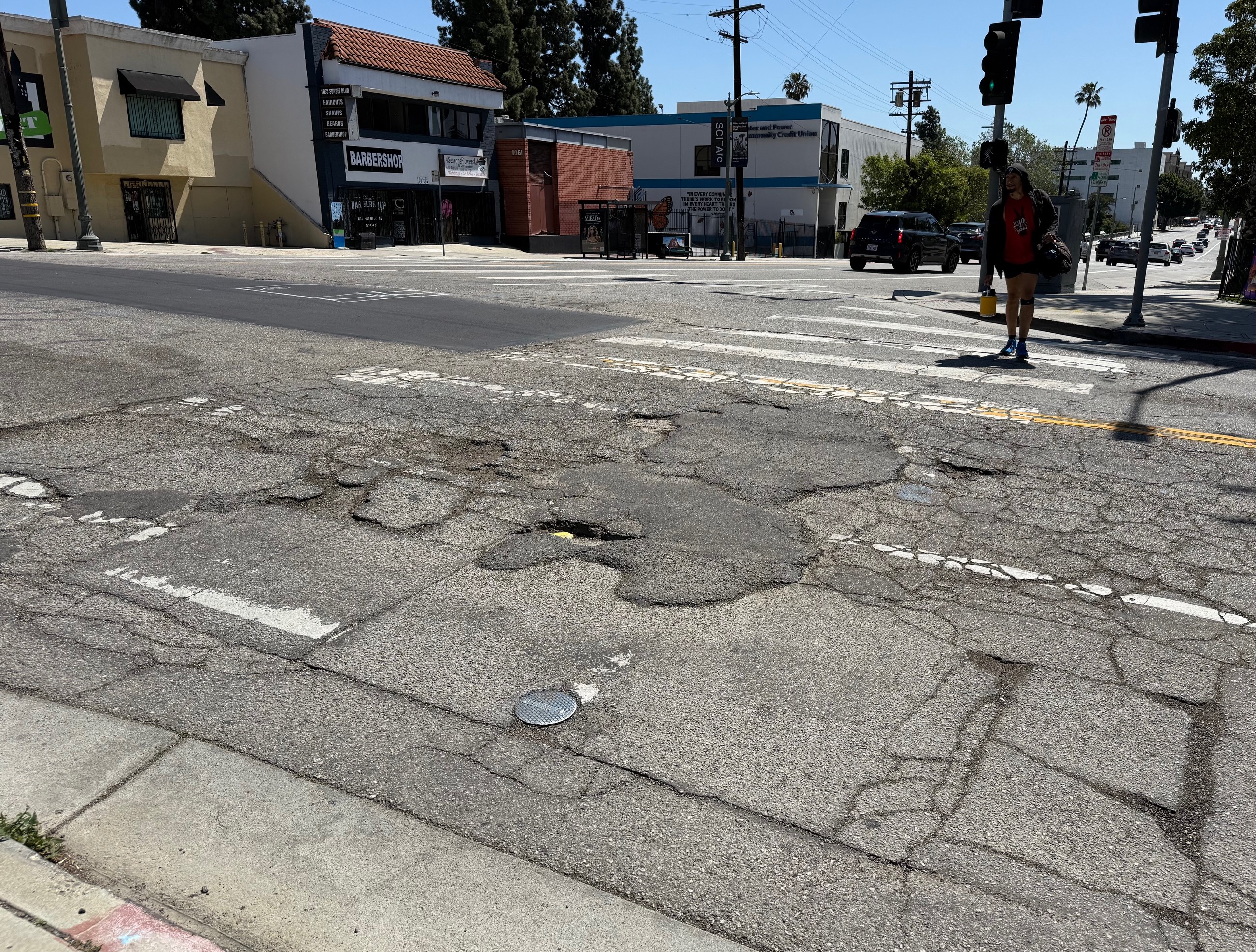Jeffrey Tumlin was managing transportation programs at Stanford in the mid-1990s, when he made an important finding: It was cheaper for the university to pay people not to drive than to build new parking structures.
Offering employees just $90 a year not to drive to campus was enough to entice many of them to use transit, carpools, or bicycles. Meanwhile, the annualized cost of each parking space can range from about $650 for surface spots in suburban locations to over $4,000 for structured spaces in cities, according to the Victoria Transport Policy Institute [PDF].
Stanford offered further incentive by raising parking prices 15 percent. Then, it invested $4 million in bicycle facilities, including turning a main road through campus into a bike and transit mall. This $4 million enticed 900 people out of their cars and onto bicycles, according to a case study in Transportation & Sustainable Campus Communities, by Will Toor and Spenser Havlick. Building parking facilities to accommodate those 900 people would have cost $18 million.
What Stanford had discovered was "transportation demand management," or strategies to minimize transportation costs by reducing driving. Today almost every college and university in the country employs some form of TDM, whether it's providing discounted transit passes for students or offering special parking rates to carpoolers.
Colleges and universities -- by nature of their fixed locations and limited resources -- are excellent laboratories for transportation innovation, says Tumlin, who now works for the firm NelsonNygaard.
"Even the well-funded institutions have to make a choice about putting money into parking or putting money in a classroom," said Tumlin.
Many schools are now well ahead of even the most progressive cities and state DOTs when it comes to saving money and improving public health by reducing car trips.
There are many strategies available to universities seeking to promote options other than solo car commuting. Places like Stanford, MIT, and the University of Colorado-Boulder -- campus TDM leaders that Streetsblog will be profiling in a series of upcoming posts -- are employing a host of tools, including:
- offering free transit passes to faculty
- running free campus shuttles
- strategically adjusting parking prices
- offering car-sharing services
- providing vanpool subsidies
- offering parking discounts and better locations to carpoolers
- promoting bicycling
- promoting telecommuting
In Stanford's case, a combination of these programs allowed the school to increase its campus size 20 percent without increasing traffic -- a stipulation that Santa Clara County insisted on. Since the early 2000s, single-occupancy car commuting among Stanford employees and students has held roughly steady, despite the university's rapid growth. "We would probably have had to build another 3,000 parking spaces on campus," reports Brodie Hamilton, director of parking and transportation services. "Stanford, most of its parking structures right now are going underground. Those cost about $45,000 per space to put them underground. We’ve probably saved close to $100 million in costs avoided."
Places like Stanford and MIT -- elite colleges in expensive housing markets -- have been leading the way on TDM, motivated in large part by financial necessity, says Tumlin. High land costs and the lack of undeveloped land nearby make reserving large parts of campus for car storage cost-prohibitive.
Larry Brutti, operations manager at MIT's Parking and Operations Office, said adding a single parking space on MIT's campus costs the university about $100,000. The institution is focused, instead, on promoting biking and transit for its faculty and staff.
In addition to the high cost, at a land-constrained campus, preserving space for parking means less space to advance learning, like additional research and instruction facilities.
Right now, as schools struggle with declining public funding, more colleges and universities than ever are embracing the cost-saving approach of TDM. The times simply demand innovation, says Tumlin.
"Particularly now that resources are scarcer, it’s forcing universities to sharpen their pencils," he said. "The evidence is so overwhelming that it doesn’t make sense to just throw capital money at our problems to make them go away."
What separates colleges that succeed at reducing costs from those that continue to throw away money on parking? One important factor, says Tumlin, is simply the presence of someone on staff with the technical expertise to rigorously compare investing in capital -- like parking garages -- with investing in programs -- like variable parking rates.
Streetsblog will be looking at three schools that have had enormous success managing transportation demand: MIT, Stanford, and University of Colorado-Boulder, to distill the lessons they offer for other universities, as well as cities and states.








